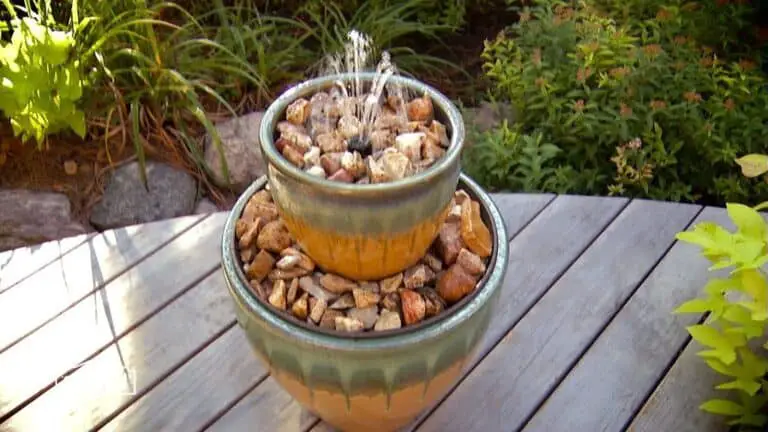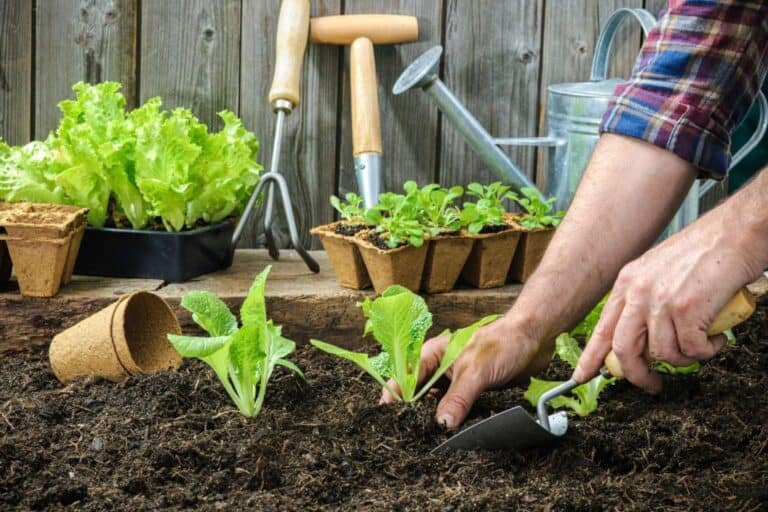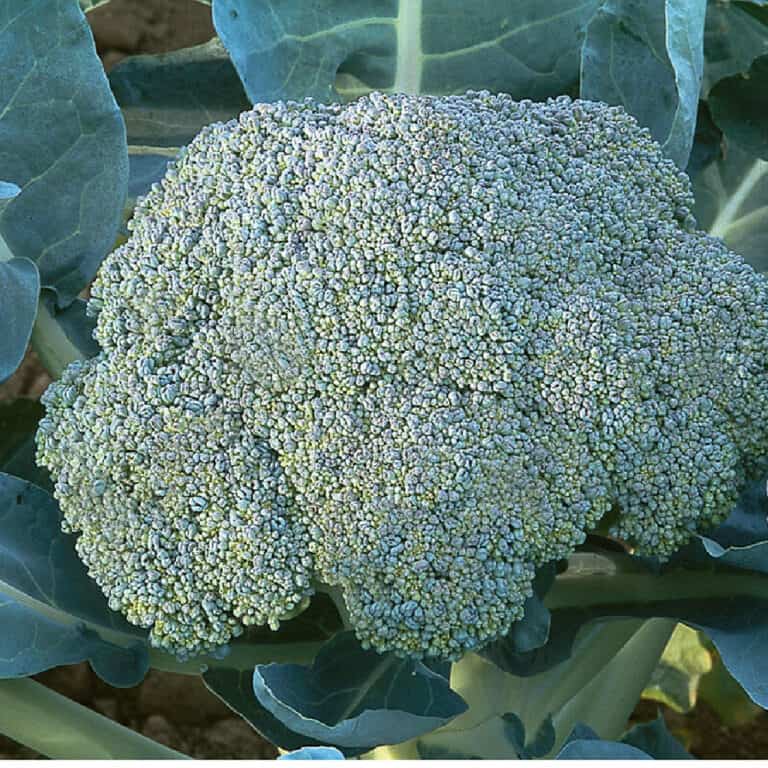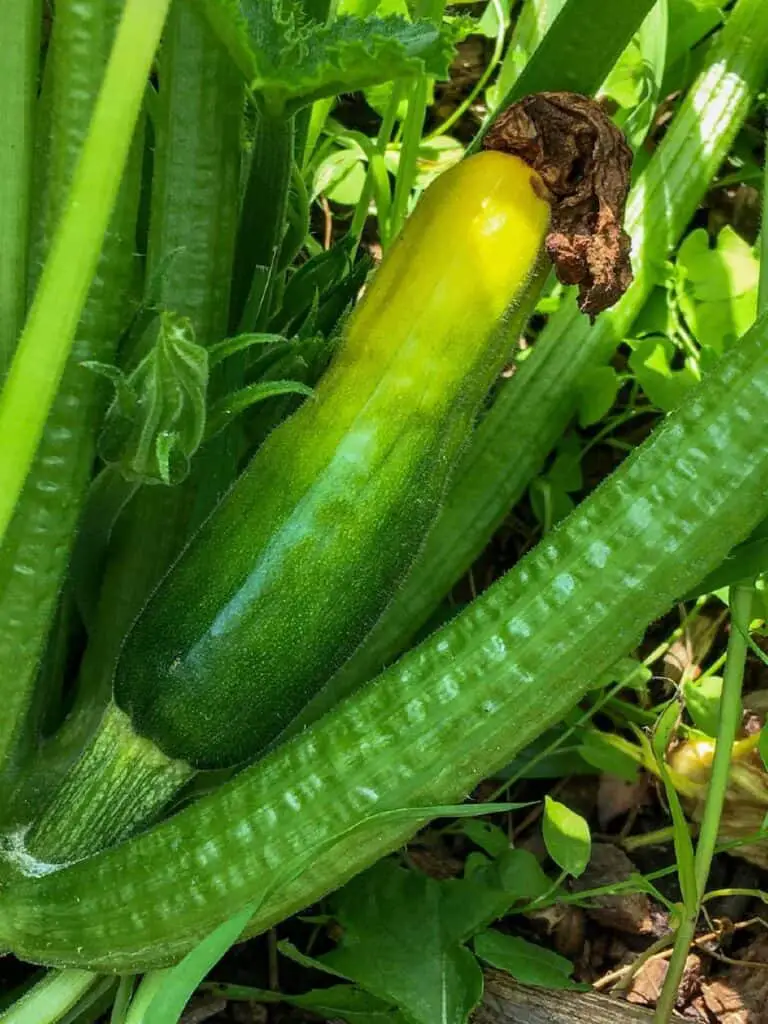How to Grow Scoby from Store Bought Kombucha at Home
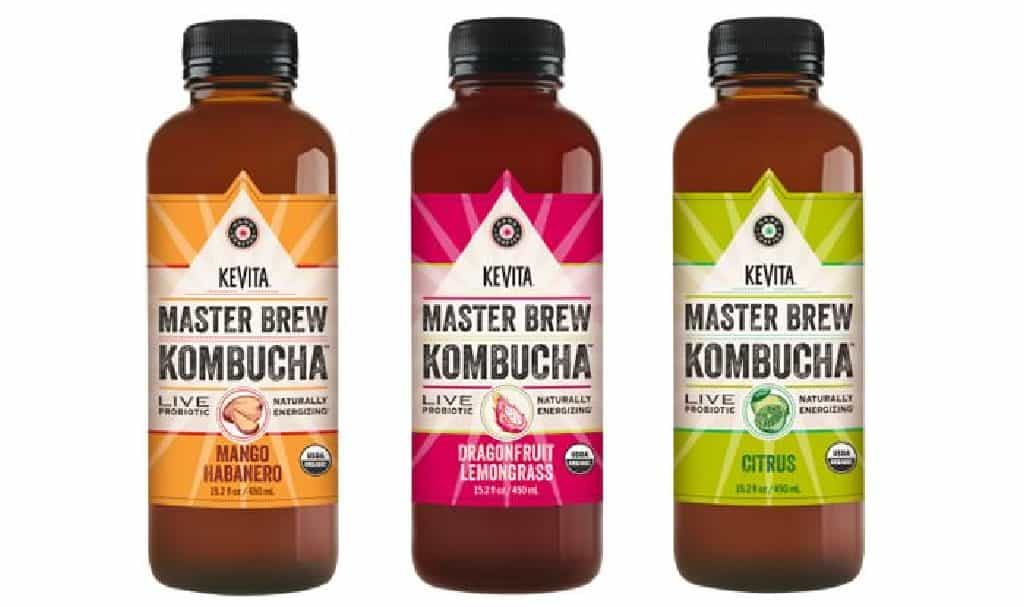
Have you ever wondered if you can grow your own SCOBY (Symbiotic Culture Of Bacteria and Yeast) from store-bought kombucha? Imagine being able to brew your own probiotic-rich kombucha at home. You start from scratch with just a bottle of your favorite store-bought kombucha.
SCOBY is the living culture used to ferment sweet tea into kombucha, a popular probiotic beverage. This guide will walk you through the steps to grow your own SCOBY at home. It will ensure you have a continuous supply of this healthy drink.
You’ll learn step-by-step how to nurture your SCOBY. You’ll also learn essential fermentation techniques and all you need to start brewing delicious and healthy kombucha in your kitchen.
Understanding SCOBY and Kombucha
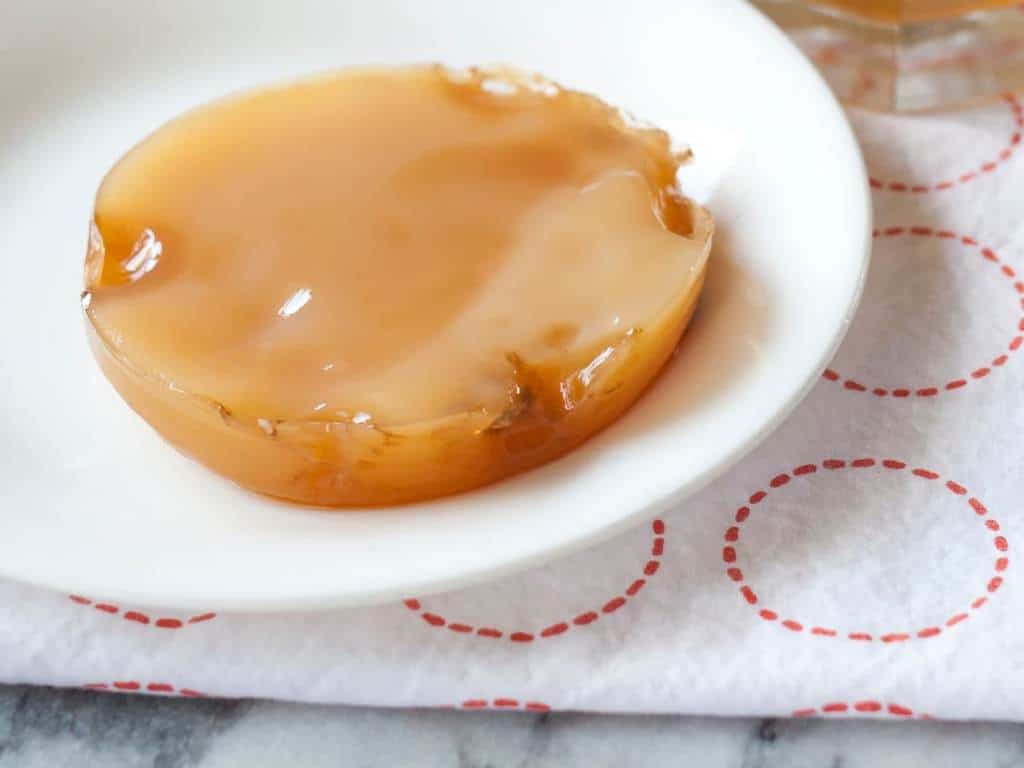
What is SCOBY?
SCOBY is a gelatinous, disk-shaped biofilm composed of bacteria and yeast. It plays a crucial role in the fermentation process, converting sweet tea into kombucha. The bacteria in the SCOBY make acetic acid. The yeast makes alcohol and carbon dioxide. This mix creates the tangy taste and bubbles of kombucha.
Benefits of Kombucha
Kombucha is renowned for its numerous health benefits, including:
- Probiotics: Supports gut health and digestion.
- Antioxidants: Helps combat oxidative stress.
- Detoxification: Aids in liver function and detoxification.
- Energy Boost: Contains small amounts of caffeine and B vitamins.
- Immune Support: Strengthens the immune system.
Materials Needed
Before starting your SCOBY, gather the following materials:
- Store-bought kombucha: Choose a raw, unflavored variety.
- Tea: Black or green tea works best.
- Sugar: Cane sugar is preferred.
- Water: Filtered or distilled water.
- Jar: A wide-mouth glass jar.
- Cloth and Rubber Band: To cover the jar and keep contaminants out.
Step-by-Step Guide to Growing SCOBY
1. Choosing the Right Kombucha
When selecting store-bought kombucha, ensure it is raw, unflavored, and contains live cultures. Pasteurized or flavored kombucha might not contain the necessary live bacteria and yeast to grow a SCOBY.
2. Preparing the Sweet Tea
- Boil Water: Boil 4 cups of filtered or distilled water.
- Brew Tea: Add 2-3 black or green tea bags and steep for 10 minutes.
- Add Sugar: Stir in 1/4 cup of cane sugar until fully dissolved.
- Cool the Tea: Allow the sweet tea to cool to room temperature to avoid killing the live cultures in the kombucha.
3. Combining Kombucha and Sweet Tea
- Pour Kombucha: Add 1 cup of store-bought kombucha to the cooled sweet tea.
- Transfer to Jar: Pour the mixture into a wide-mouth glass jar, leaving some space at the top.
- Cover the Jar: Cover the jar with a clean cloth and secure it with a rubber band.
4. Fermentation Process
- Location: Place the jar in a warm, dark place with good airflow. The ideal temperature is between 75-85°F (24-29°C).
- Fermenting Time: Allow the mixture to ferment for 1-4 weeks. A new SCOBY will start to form on the surface of the liquid.
- Monitoring: Check the jar periodically. The SCOBY will begin as a thin film and gradually thicken over time.
5. Harvesting the SCOBY
- Appearance: The SCOBY should be at least 1/4 inch thick and have a rubbery texture.
- Handling: Wash your hands thoroughly and carefully lift the SCOBY from the jar.
- Storing: Store the SCOBY in a small amount of kombucha in a clean jar or start a new batch of kombucha with it.
Troubleshooting Common Issues
Slow or No Growth
- Cause: Low temperatures or insufficient live cultures.
- Solution: Ensure the fermenting environment is warm enough and use raw, unflavored kombucha.
Mold Growth
- Cause: Contamination or poor airflow.
- Solution: Discard the batch and start over with clean equipment and a proper cloth cover.
Unpleasant Smell
- Cause: Overfermentation or contamination.
- Solution: Check the fermentation duration and cleanliness of the equipment.
Using Your Homemade SCOBY
Making Kombucha
- Prepare Sweet Tea: Repeat the sweet tea preparation process.
- Add SCOBY: Place the SCOBY in the sweet tea.
- Ferment: Allow the mixture to ferment for 7-10 days, depending on your taste preference.
Flavoring Kombucha
- First Fermentation: Once the kombucha has fermented, remove the SCOBY and 1-2 cups of the kombucha for your next batch.
- Add Flavors: Transfer the kombucha to bottles and add fruit, herbs, or spices for flavor.
- Second Fermentation: Seal the bottles and ferment for an additional 1-3 days to carbonate.
Storing SCOBY
- SCOBY Hotel: Create a SCOBY hotel by placing multiple SCOBYs in a jar with some kombucha. Store it in a cool, dark place.
- Long-term Storage: SCOBYs can be stored in the refrigerator but should be revived before use.
Benefits of Growing Your Own SCOBY
Cost-Effective
Growing your own SCOBY from store-bought kombucha is a cost-effective way to ensure a continuous supply of kombucha. Once you have a healthy SCOBY, you can produce multiple batches of kombucha at a fraction of the cost of store-bought versions.
Customization
You can make kombucha at home. You can experiment with flavors and fermentation times. This lets you tailor the taste to your preferences. You can create unique flavor combinations using fruits, herbs, and spices.
Sustainability
By growing your own SCOBY and making kombucha at home, you reduce waste from single-use bottles and packaging. It’s a sustainable choice that benefits both your health and the environment.
Frequently Asked Questions
How long does it take to grow a SCOBY?
Growing a SCOBY typically takes 1-4 weeks, depending on the temperature and conditions. Warmer environments speed up the process, while cooler temperatures slow it down.
Can I use flavored kombucha to grow a SCOBY?
It’s best to use raw, unflavored kombucha to grow a SCOBY. Flavored kombucha may contain additives that inhibit SCOBY formation.
How do I know if my SCOBY is healthy?
A healthy SCOBY is thick, rubbery, and free from mold. It should have a tangy, slightly sweet smell. If you notice any off odors or mold, discard the batch and start over.
What should I do with extra SCOBYs?
Extra SCOBYs can be stored in a SCOBY hotel, shared with friends, or used in various culinary and beauty applications. They can also be composted.
Can I grow a SCOBY without sugar?
Sugar is essential for the fermentation process and provides food for the bacteria and yeast. It’s not possible to grow a SCOBY without sugar.
Conclusion
Growing a SCOBY from store-bought kombucha at home is a rewarding and educational experience. Follow this guide. You can raise your own SCOBY and enjoy homemade kombucha’s health benefits.
With a little patience and care, you’ll have a continuous supply of this probiotic-rich beverage, customized to your taste. Happy fermenting!

